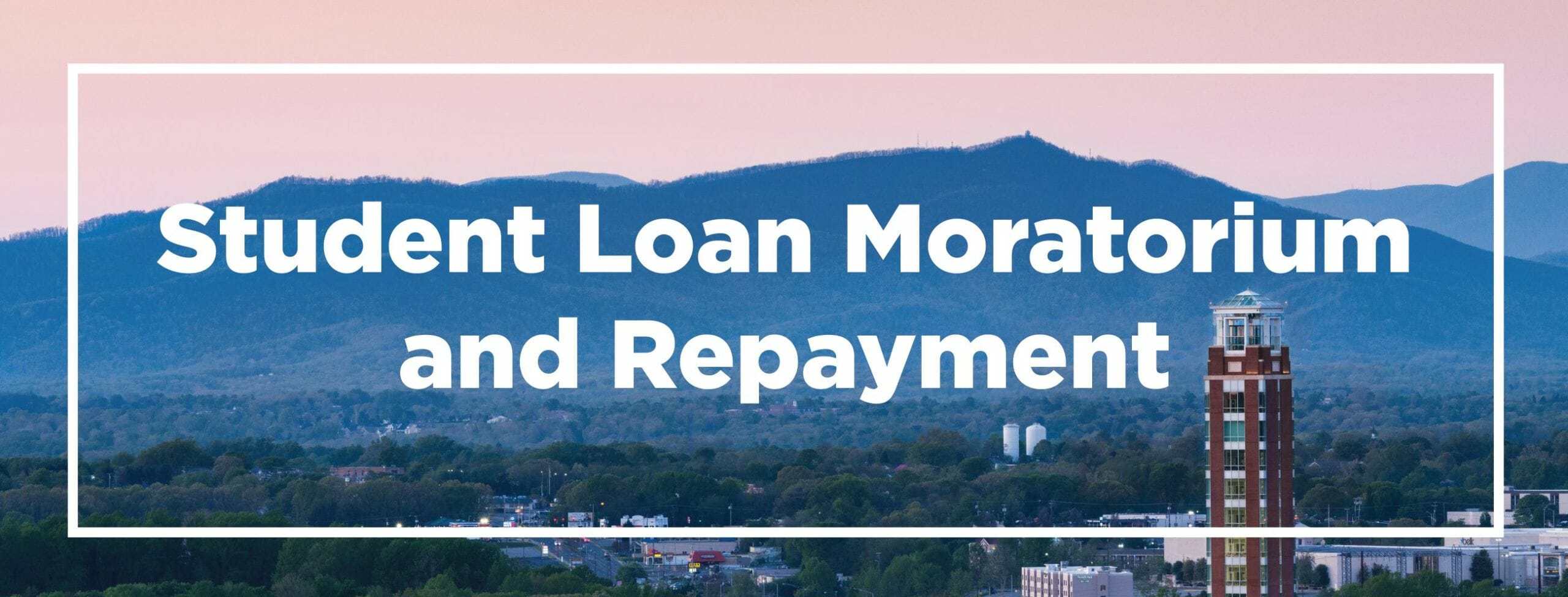
3/3/2022
By Ashley Reich
The concept of student loans has been a popular topic in the news over the past several years. Since March 2020, student loans were placed in a government-issued forbearance status, which was the first time in history this has taken place. Additionally, within this forbearance status, students were not charged any interest during each period of extension, and interest will not capitalize once student loan payments are due – Again, this is monumental and will be a long-term cost savings for students who would have normally accumulated interest during these periods.
The student loan moratorium is set to end on May 1, 2022. Some are hopeful for broad forgiveness or even another extension. Regardless of where you find yourself, we would encourage you to begin to become prepared to start making payments as soon as the moratorium ends. Here are some helpful tips as you prepare.
1. Know Your Servicer – do you know who your student loan servicer is? If not, log into your studentaid.gov account to see who your loans are serviced with.
2. Log Into the Servicer Website – become familiar with your servicer site including, how to make payments, ensuring your contact information is up-to-date, and how to contact them if help is needed.
3. Check Your Email – make certain you have an updated email address on file with your servicer that you check regularly. This is the way most servicers contact borrowers to provide important reminders and updates.
4. Know Your Monthly Payment – if you know what your monthly student loan payment will be, start budgeting for that now! If you think you will have difficulty making that payment each month, reach out to your servicer directly to discuss more affordable repayment options. These options will likely require an application and an annual certification process to continue to stay in the repayment plan.
5. Review Additional Options – for some students, you may be eligible for one of the government forgiveness programs such as, Public Service Loan Forgiveness or Teacher Loan Forgiveness. If you think you qualify for one of these programs, you can fill out an application on studentaid.gov and this will be passed to your servicer for review.
6. Make a Budget – be prepared by creating or reworking your current monthly budget. Start incorporating what your monthly student loan payment will be so that you know where you might need to adjust.
As repayment is approaching, take the steps now to become prepared for that first payment and figure out the best way to pay off your student loans quickly. Short-term sacrifices will be well-worth it to reduce the amount of interest paid over time and to reduce you overall debt. For questions, please feel free to reach out to us directly. You can contact Ashley Reich at ahageman@www.liberty.edu/alumni.